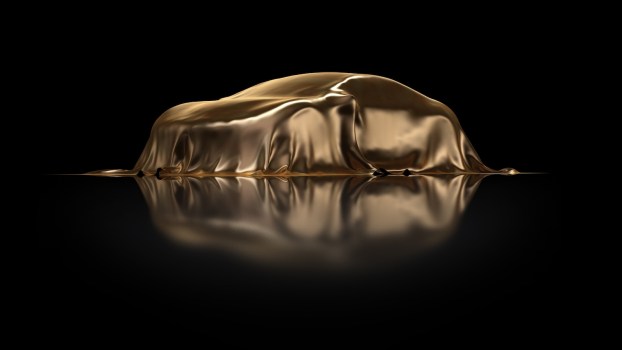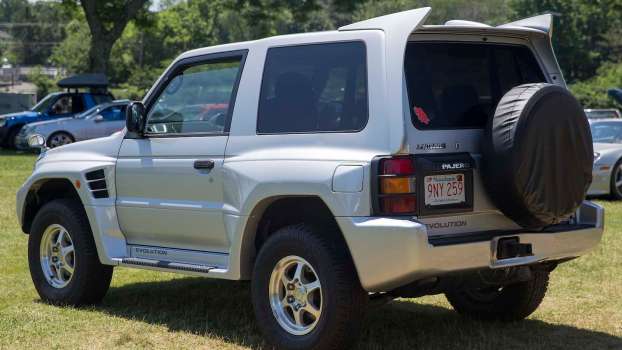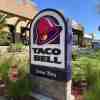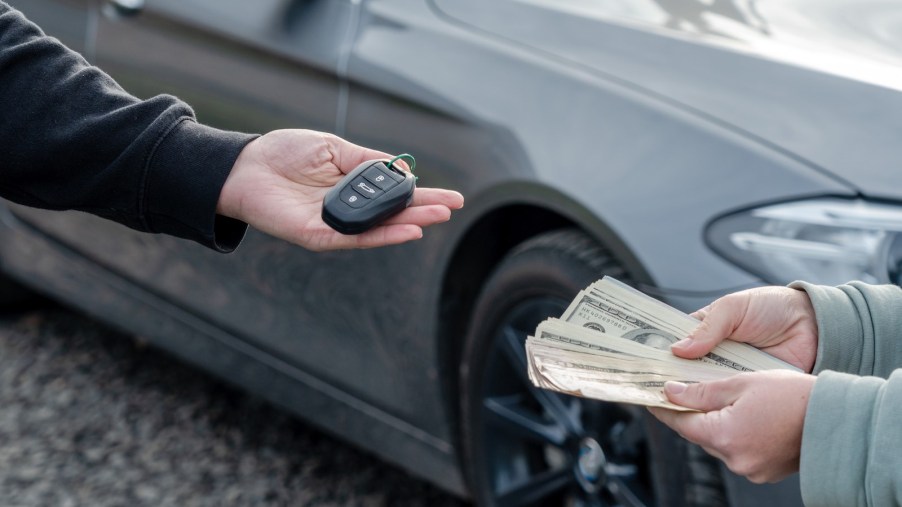
Experts: Here’s Why You Must Make $100K+ to Afford Post-Inflation Car Prices
American car buyers are getting hit by the old one-two punch. First of all, the price of new and used cars has skyrocketed in the past few years. Those monthly payments are even higher because the government has been upping interest rates to stop runaway inflation. The finishing blow may be all the other expenses around owning a car: a looming mechanic shortage has the cost of repairs up a little and record numbers of accidents have insurance rates up a lot.
If you go by Market Watch’s classic financial expert advice of limiting all your monthly transportation costs to 10% of your income, you would need to earn $100k a year to afford even the cheapest post-inflation used car costs. And News Week reports that the average American worker doesn’t earn nearly $100k. In fact, only 19% of single earners make $100k. And only 40% of double-income households make a combined $100k. So 60% of families with two incomes can’t technically afford to buy a single car.
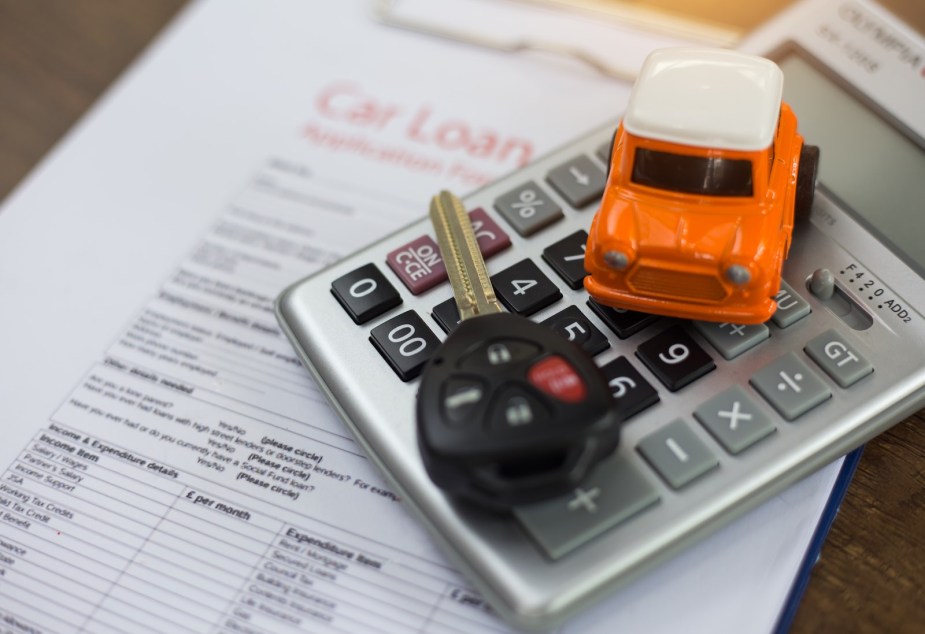
How can these numbers be correct? Well a quick back-of-the-envelope calculation proves them out. If you make $100k a year and subtract about 33% for federal and state taxes you have $5,583 a month. Keeping your total transportation costs under 10% means you have up to $558 a month. A $20k used vehicle at 5% APR can cost you $380 per month. If you spent $100 on gas all month, you’d only have $78 for insurance, and $0 for repairs and wear items such as tires. But most interest rates, insurance rates, gas budgets, and used car prices are higher than the numbers I’ve thrown out.
Obviously people are cutting their budgets in other places because they need to buy cars, gas, insurance, and repairs. But with the cost of everything else in life rising, this situation is far from ideal.
How did we get here? Supply chain shortages during the COVID-19 quarantine caused major disruptions in auto manufacturing, high demand, and price hikes. Many automakers also cut cheaper trims or models. This included both smaller vehicles and less-luxurious vehicles.
Take, for example, the Ford F-150. In 2022, its MSRP was still $29,990. Mere months later it’s rocketed to $36,570. And the F-150 is not alone. Since 2020, new car prices have jumped 30% percent on average. And long waiting lists for new cars have driven used car prices up 38%.
The average new car transaction in 2023 cost $50,364. Need something cheaper? Only 10% of current new car listings are below $30,000. What about used cars? Not much better. Only 28% are listed below $20,000.
Then there are insurance rates. AllState just lobbied state government to hike its rates by 30% in some places, threatening to close its doors there otherwise. Why? Because a record number of accidents–including rising pedestrian deaths–are costing it too much.
Smaller cars may solve both the cost issue and pedestrian death issue. But many automakers just don’t have those available on dealer lots–if they still make them at all. One solution may be opening to imports from Chinese automakers which are leading the drive on affordable small cars, including EVs.
Another solution would be dropping the interest rates, which hopefully will happen anyway once inflation has definitely leveled out. A third solution would be keeping our old cars on the road for longer. But with the looming technician shortage, this could also prove expensive.
The personal automobile has long been a keystone of American culture. But with ownership costs this high, we may actually see many folks find a way to make public transportation work. This would lead to more funding for public transit and a cultural shift. If the high costs of owning a car do not change, they may actually lead to the demise of the automobile.
Next, see CNBC’s dive on what happens as many Americans fall behind on car loans:


